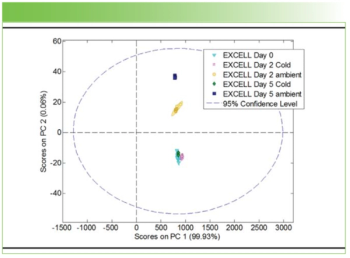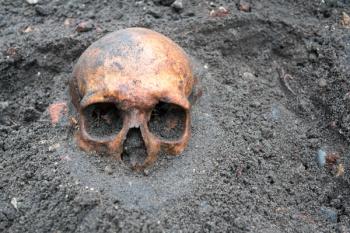
Robust Multiblock Partial Least Squares Modeling Algorithm Developed by Researchers
A new algorithm combines iterative reweighted partial least squares (irPLS) with the block order and scale independent component-wise mukltiblock LS modeling to deliver more robust multiblock predictive modeling.
Two researchers from the Norwegian University of Life Sciences have developed a new algorithm for robust multiblock predictive modeling (1). Their work was published in the Journal of Chemometrics (1).
The two researchers, Puneet Mishra and Kristian Hovde Liland, created a novel algorithm that combines a robust modeling technique called iterative reweighted partial least squares (irPLS) with the block order and scale independent component-wise multiblock LS modeling (1). The method is based on automatic down-weighting of outlying observations, reducing their contribution during the estimation of block-wise PLS models, which leads to robust modeling that is minimally affected by outliers (1).
The algorithm down-weights outlying observations, such that their contribution is minimal during the estimation of block-wise partial least squares (PLS) models (1). The researchers noted that this leads to more robust modeling that is minimally affected by outliers (1).
The newly created algorithm was tested on real multiblock and simulated data sets, demonstrating superior performance over existing methods (1). According to the study, this new algorithm can potentially improve the accuracy and reliability of multiblock predictive modeling, which is commonly used in chemometrics (1).
The researchers emphasize the importance of robustness in predictive modeling because outlying observations can significantly affect model performance and lead to incorrect conclusions (1). The irPLS method used in the algorithm can detect and down-weight outlying observations, and the combination with multiblock LS modeling further enhances the robustness of the algorithm (1).
The development of this new algorithm has important implications for analyzing complex data sets in various fields, including chemistry, biology, and engineering. It is noted in the study that the ability to accurately model and predict multiblock data can result in a fuller understanding of complex systems and improved decision-making in various applications (1).
In summary, the belief is that this algorithm can potentially be a widely used tool in chemometrics and related fields. With this thought in mind, the researchers plan to continue developing and improving the method in the future (1).
Reference
(1) Mishra, P.; Liland, K. H. An Algorithm For Robust Multiblock Partial Least Squares Predictive Modeling. J. Chemom. 2023, ASAP. DOI:
Newsletter
Get essential updates on the latest spectroscopy technologies, regulatory standards, and best practices—subscribe today to Spectroscopy.





